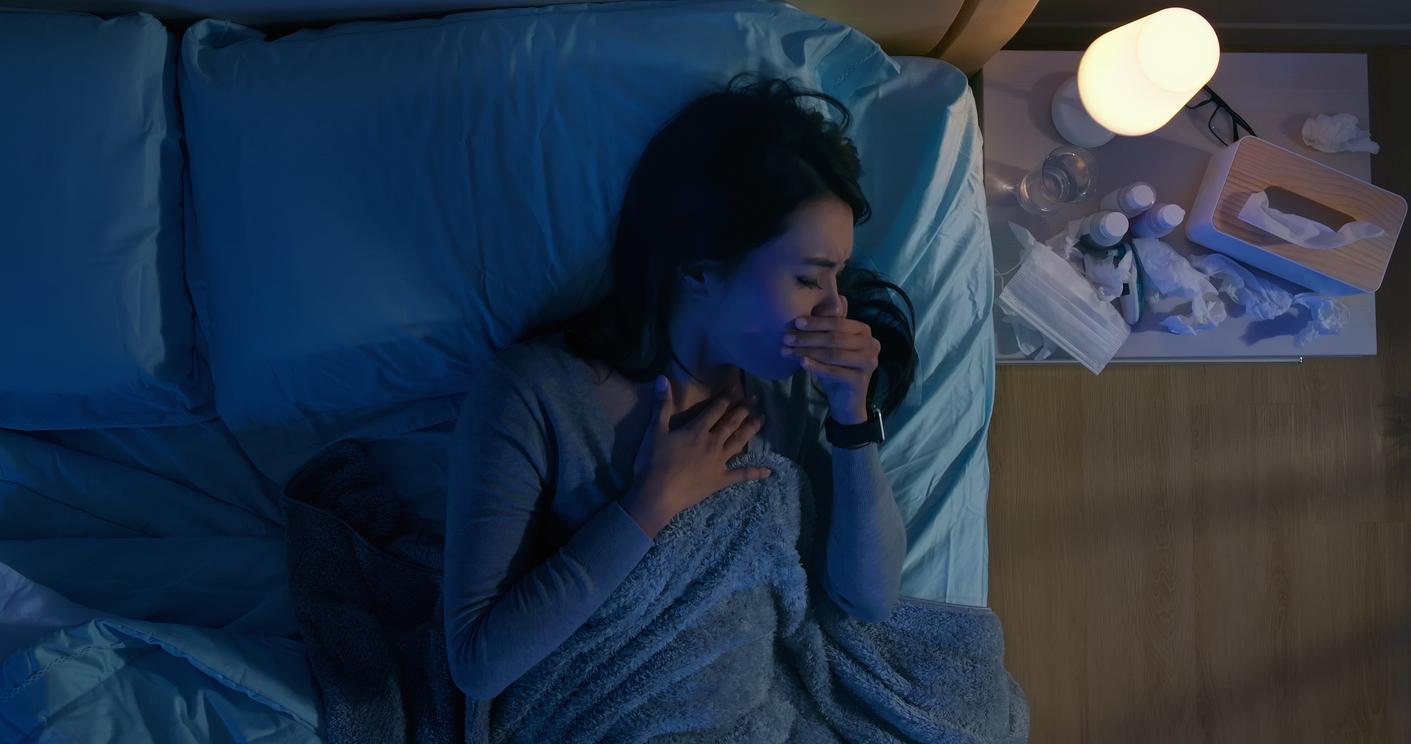Beyond sociocultural reasons, sleep differences between men and women could be explained by certain biological factors, according to a study carried out on mice.

- A study of mice reveals that females, compared to males, sleep less, wake up more often and have less restful sleep – differences attributed to biological factors rather than cultural influences.
- The researchers found that males slept an hour more per day, with deeper non-REM sleep. These deviations, observed in other species, could be linked to hormones and adaptive sensitivity to protect offspring.
- The study also highlights a bias in biomedical research, often focused on males, and calls for better consideration of sexual differences for more equitable results.
“It is often accepted that sleep disparities between men and women come from sociocultural factors, such as lifestyle habits or the protective role as a mother.” But according to a team of researchers from the University of Colorado Boulder (United States), these differences could be more rooted in biology. Experiments carried out on hundreds of mice reveal that females sleep less, wake up more often and benefit from less restorative sleep than males.
Females have more fragmented sleep
In detail, the study, published in the journal Scientific Reportsreveals that males sleep about 670 minutes per day, an hour more than females. This difference mainly lies in slow-wave sleep, or non-REM (Non-Rapid Eye Movement), an essential phase for the body’s regeneration. On the other hand, females have more fragmented sleep, waking up more frequently.
The research fits into a broader context where similar differences have been observed in other species, from birds to zebrafish. From an evolutionary point of view, the fragmentation of female sleep could be explained by their role of care and protection: they must remain alert to protect their offspring. This increased sensitivity could also be linked to hormones, such as cortisol, which promote arousal, or variations in estrogen and progesterone during the menstrual cycle.

Greater parity in scientific studies
Beyond this observation, these results could especially have implications for biomedical research. “The most surprising finding is not that male and female mice sleep differently, but that no one had studied this in depth before today”researchers abound in a press release. Today, work on sleep and its impacts on health – from neurodegenerative diseases to obesity – often relies on animal studies, but the underrepresentation of females could bias the conclusions.
“We found that insufficient consideration of sex differences can lead to erroneous interpretations of the data.” This bias is not trivial: when a treatment is tested mainly on males, its specific effects on females may go unnoticed, or worse, be judged ineffective. The authors therefore call for greater fairness in scientific studies, by including as many male as female subjects and analyzing their data separately.














